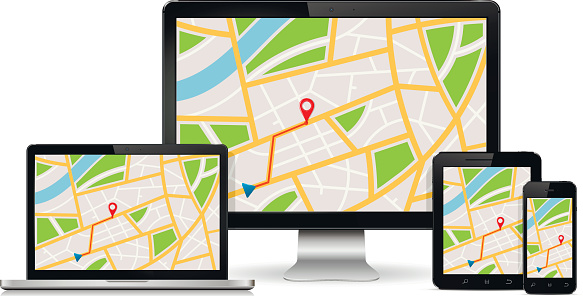
If you’re looking to cut your IT expenditures— And for a hosting solution with ease of use, simplicity, and flexibility—You should choose Microsoft Remote Desktop Services (RDS). Microsoft RDS helps you and your employees stay productive no matter where you are.
What is Microsoft RDS?
Originally known as Microsoft Remote Desktop Protocol, RDS is a group of technologies designed to connect to applications or virtual desktops hosted on a server. Sessions are hosted and processed on the server, rather than on your local device.
It provides remote access from your PC, Mac, Tablet or Smartphone to:
Why Microsoft RDS Beats Citrix XenApp.
According to the blog Workspot small-to-midsized businesses (SMBs) like yours should use RDS because:
*Microsoft has an edge over Citrix with their RDS Management Pack. Although System Center is a separate purchase, you’ll likely want it if you are managing even a modest sized server farm. Citrix doesn’t have a single pane of glass such as RDS System Center. Microsoft has done a better job with this.
Disadvantages If You Choose Citrix:
With Citrix XenApp, the same version of Adobe Flash Player must be installed on both the server and on the client. This feature is supported only for Microsoft Internet Explorer. This is a real problem if you have low memory, and for clients that use flash cards instead of hard drives.
Most businesses don’t require the multi-platform ubiquitous client support touted by Citrix. The features and ease of use Microsoft RDS provides are everything today’s SMBs need, and for an affordable fee.
Citrix is another layer on top of Windows Server infrastructure. You’ll need another program to upgrade Citrix when you upgrade Windows Server. Upgrading Microsoft is critical for your infrastructure. Why would you want to spend more money to do this?
Licensing Requirements are more cumbersome: With RDS you only need to license Microsoft: Server CAL, RDS CAL, VDA and Software Assurance. With Citrix, you must license these, PLUS:
More Reasons to Choose Microsoft RDS
Microsoft supplements and optimizes RDS with each new version of Windows Server. So, more business owners wonder if Citrix XenApp is still necessary. Plus, if you want to run Citrix, you’ve got to have RDS to make it work!
Microsoft has continually improved the performance of RDS and has up to 50% better bandwidth usage than previous versions. Microsoft’s investment in their remoting protocol has narrowed the bandwidth performance gap with Citrix. For delivering access to productivity apps, RDS more than meets the challenge.
With RDS, Microsoft has produced a well-performing product at a very compelling price.
To learn more about Microsoft RDS and to get your business onboard, contact at: or
We’re your Microsoft Remote Desktop experts in .
References:
http://blog.workspot.com/5-reasons-rds-over-hdx
http://www.firstattribute.com/en/news/microsoft-windows-remote-desktop-services-vs-citrix-xenapp
https://www.microsoft.com/en-us/cloud-platform/desktopvirtualization?WT.srch=1&WT.mc_id=AID559420__SEM_o4FfcV1i